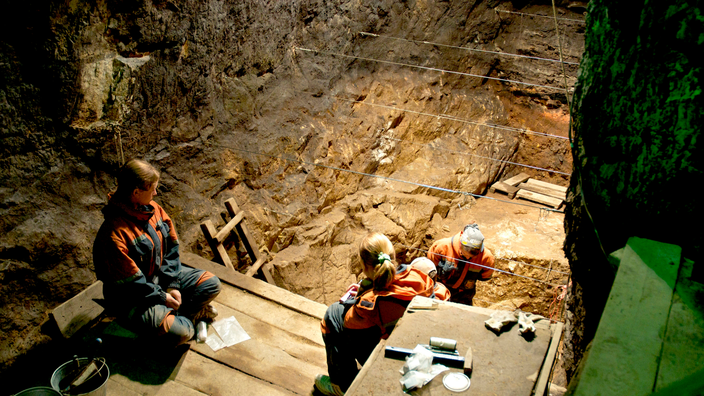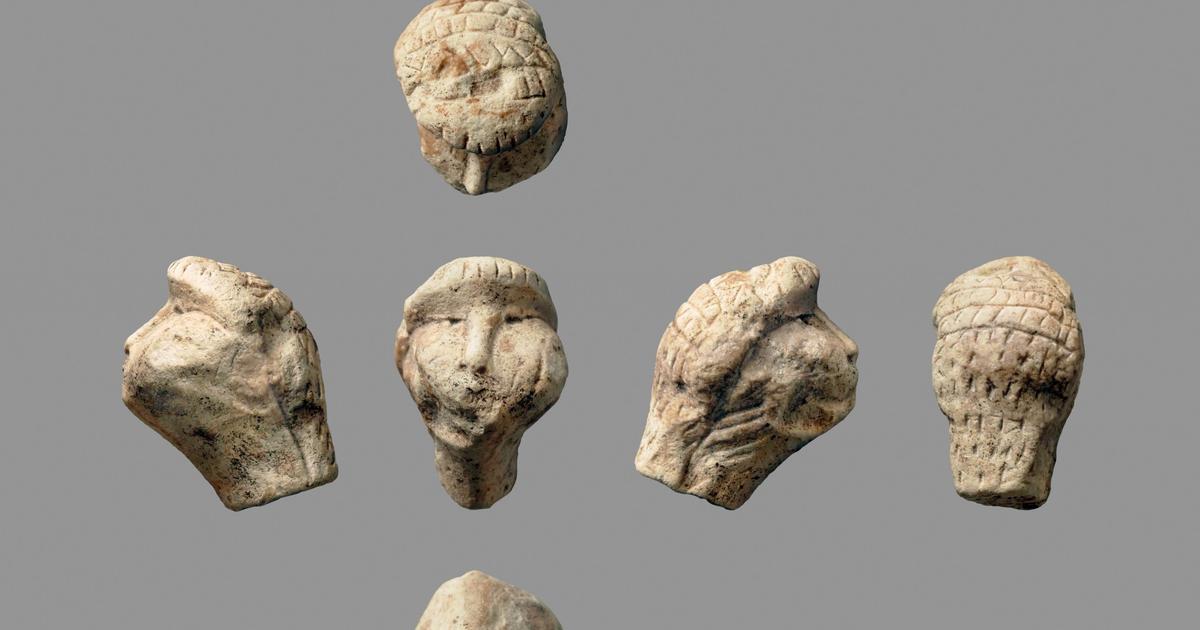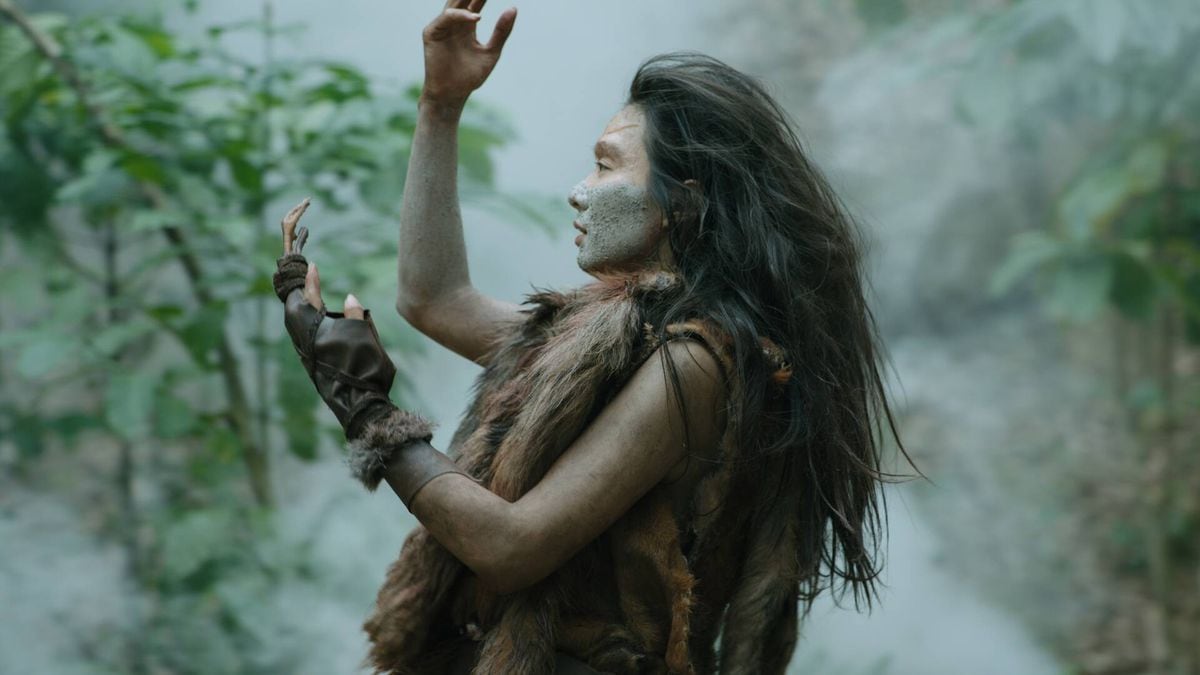The prehistoric encounter between Neanderthals and
Homo sapiens
did not only produce a flowering of babies.
This brief period of fifteen thousand years, around 60,000 to 40,000 years before our era, could well have been a seething period of cultural exchange.
Favored by the cohabitation of several species of the genus
Homo
, the circulation of ideas and creative practices would not have been confined only to cave paintings - which today we concede to the Neanderthals - but would affect the whole of culture. material from the Upper Paleolithic.
Read also: A prehistoric site dating from the Paleolithic discovered near Paris
"This period was a true 'Middle-earth' by the formal diversity of the human family that existed at the time,
" said archaeologist Tom Higham, who supports the idea of a Paleolithic cultural revolution shared by several species. human.
Professor at the University of Oxford and specialist in the relations forged between Neanderthals and
Homo sapien
s during the Paleolithic, the researcher believes that we must understand the incredible archaeological abundance of this same period in the light of the coexistence of several human species. .
“We have always believed that the origins of art and complex cognitive thinking are our hallmarks,
” the British researcher explained in an interview with The
Guardian
.
But today we can see that this was not the sole prerogative of modern humans. ”
Based on recent re-evaluations of Neanderthal cave art as well as the discovery of ornamental furniture - perforated teeth, shell pendants, decorated bones, sculpted figurative art - Tom Higham is convinced that the different human groups of the times have been able and had to learn from each other.
“If our groups have mixed, it may be that cultural transfers - the exchange of ideas, thoughts and languages - have also taken place.
Humans are very good at adopting new ideas, ”he
told our British colleagues.
Read also: A new Paleolithic “Venus” found on the Renancourt site
Genetic and cultural exchanges
Apart from Neanderthal sources, other archaeological clues also allow Denisova's Man to enter the great concert of Paleolithic Europe.
The discovery in 2010 of a Denisovan cave had thus made it possible to attribute to our distant cousin the ornamental furniture found on the spot, such as rings and pearls made of mammoth bone.
Objects which, a few decades ago, would only have been attributed to
Homo sapiens
.
Here again, and like our contacts with the Neanderthals, these cultural exchanges with the Denisovan man were accompanied by more intimate contacts of which we have kept genetic traces.
"Depending on their location, humans today have a greater or lesser amount of Denisovan DNA,"
recalled Tom Higham, who had participated in the Siberian discovery.
Various Denisovan ornaments made from mammoth tusks from Denisova cave in Siberia.
Siberian-Russian Academy of Sciences
For the British archaeologist, it is now a given:
Homo sapiens
is not the only human to have produced ornamental furniture around the beginning of the Upper Paleolithic.
"
From the beginning of the 50,000s, until approximately 38,000 to 40,000 years ago, there was a clear and unprecedented increase in the quantity of this kind of objects produced
" noted the researcher, for whom the markers of modern human behavior in Europe precede the arrival of
Homo sapiens
.
And although Neanderthals seems to have preceded his younger cousin in rock painting, Tom Higham suggests that creating movable art objects would be a common work.
"If there has been a cultural transmission, it has probably occurred in both directions,"
he said.
If the trail of a cultural melting pot that would have taken place around 50,000 years ago between different human groups is gaining ground, it remains difficult, given the scarcity of vestiges from this period, to better understand their exact contours.
What place, for example, should we give in this revolution of the Upper Paleolithic, to the other human species of the time, whether it is Flores Man or
Homo luzonensis
?
In the midst of uncertainties and scientific debates concerning the exact definition of "
modern behavior
", a necessity seems to emerge in Tom Higham's eyes: to cease, for this period, to automatically attribute each worked object, each rock painting and each art furniture in
Homo sapiens.
For our ancestors, the art monopoly will still have fizzled out.




/cloudfront-eu-central-1.images.arcpublishing.com/prisa/4RITWNCKAZFB3I3MBXYYKH6YDI.jpg)










